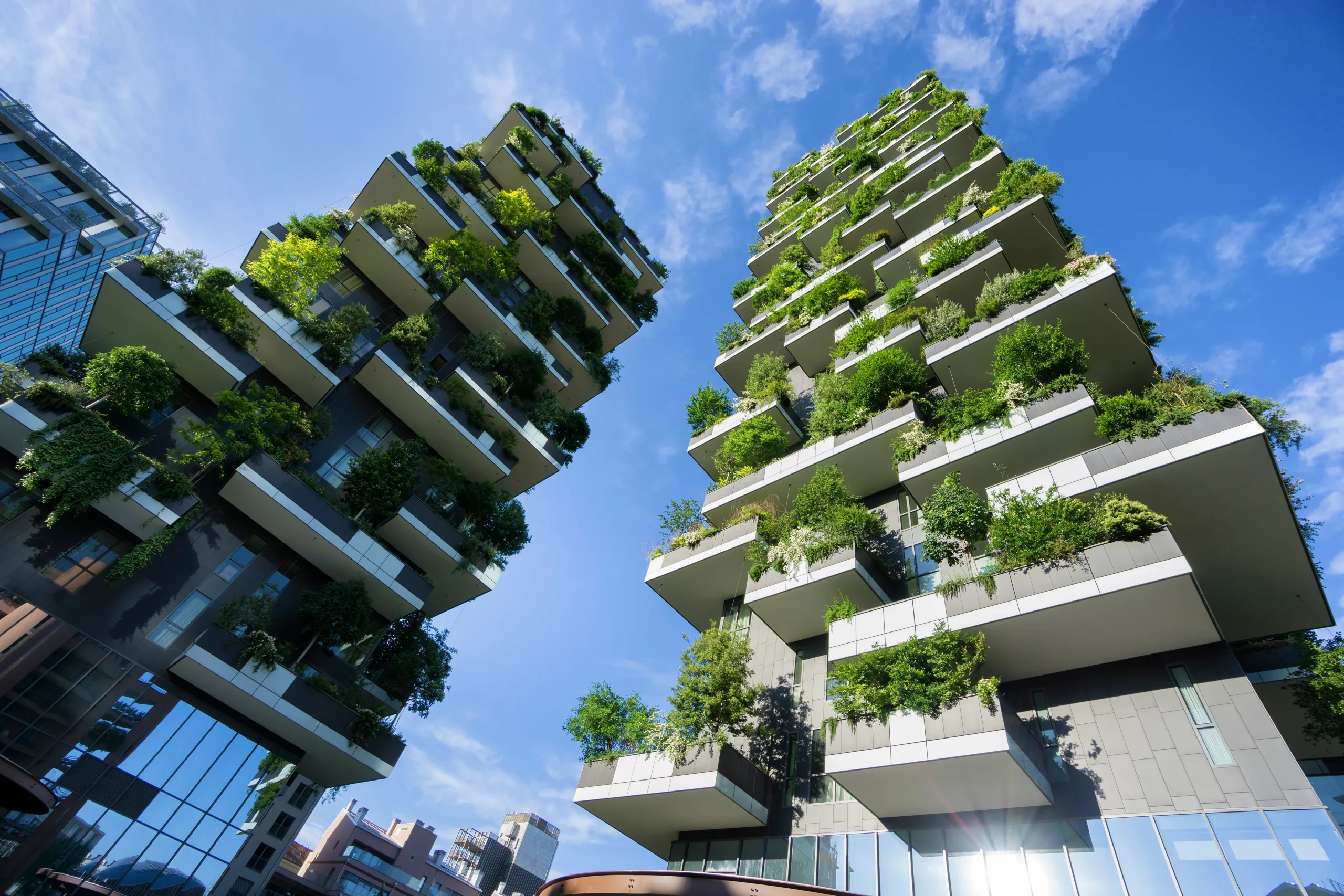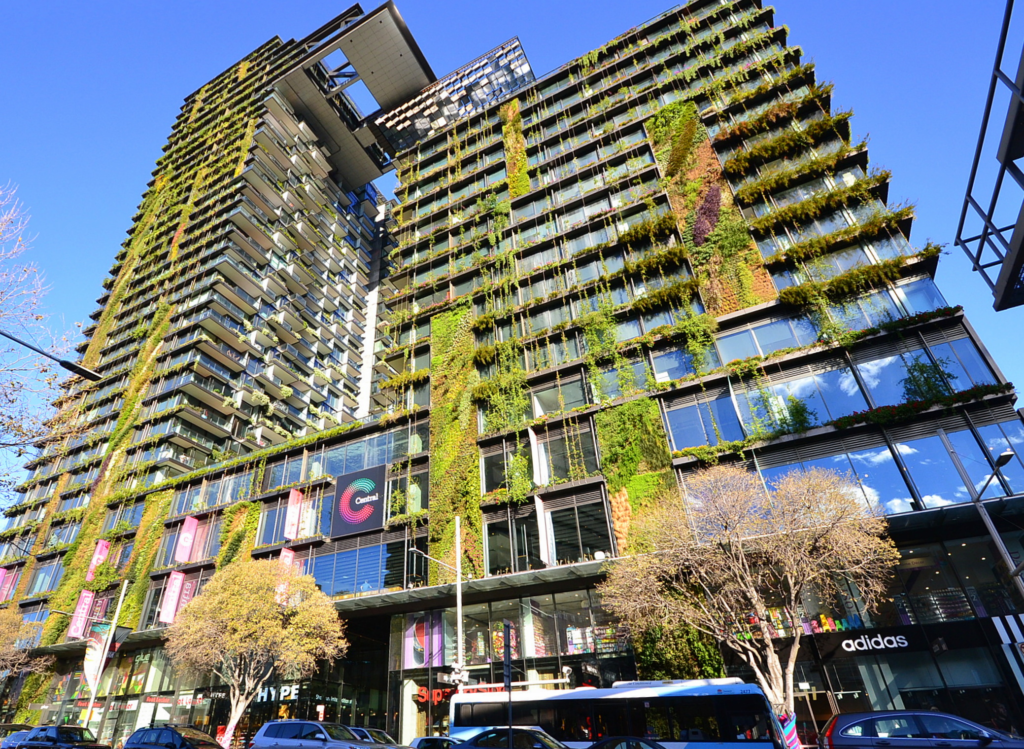
How Green architecture impacts the modern world
It is commonly known by now that the world as we know it has become endangered over the years. In the architecture industry the response has been the growth of green architecture.
What is green architecture?
Green architecture is a philosophy that advocates for architects to produce smart designs and use of technologies to ensure that structures generate minimal harmful effects to the ecosystem and the communities.
The rise of green architecture –
The green architecture movement gained momentum in the late 80s/ early 90s when the American Institute of Architects collaborated with the Environmental Protection Agency to develop new guidelines for architectural design.
What makes a building green?
Any building can be green if it is made with these features:
- Good indoor environmental air quality
- Use of renewable energy, such as solar energy
- Efficient use of energy, water, space and other resources
- Use of materials that are non-toxic, ethical and sustainable
- A design that enables adaptation to a changing environment
- Consideration of the environment in design, construction, and operation
- Pollution and waste reduction measures, and the enabling of re-use and recycling
- Consideration of the quality of life of occupants in design, construction, and operation
Why is green architecture important?
While cities are continuously expanding, the Earth itself is not getting any bigger. This growth has a huge impact to the environment because the process of developing new habitats for our communities constantly requires a huge chunk of our natural resources.
According to the UN Environment Global Status Report 2017, building and construction account for more than 35% of global final energy use and for nearly 40% of energy-related CO2 emissions. While these numbers are lower than those in 2010 due to a higher awareness regarding sustainability, there’s still a long way to go.
Here are some examples of sustainable architecture –
One central park, Sydney Australia –
One central park is a mixed use dual high-rise building located in Sydney. A park at the foot of the building continues up the structure. Vegetation of 250 species of Australian plants and flowers cover one central park. The plants stretch over 50 meters high, and it has become the world’s tallest vertical garden. In 2013 the building was awarded a 5-star green star by the green building council of Australia.

Shanghai tower, Shanghai China –
The world’s second tallest building at 2,073 feet, Shanghai Tower is an architectural wonder as well as a sustainable one. A transparent second skin wrapped around the building creates a buffer of captured air that serves as natural ventilation, reducing energy costs, and 270 wind turbines incorporated into the facade power its exterior lights.

Bosco Verticale, Milan Italy –
The project was named Bosco Verticale, or in English “Vertical Forest”, because together the towers have 800 trees, 5,000 shrubs and 1.5000 perennial plants, which help mitigate smog and produce oxygen. With more than 90 species, the buildings’ biodiversity is expected to attract new bird and insect species to the city. It is also used to moderate temperatures in the building in the winter and summer, by shading the interiors from the sun and blocking harsh winds. The vegetation also protects the interior spaces from noise pollution and dust from street-level traffic.






